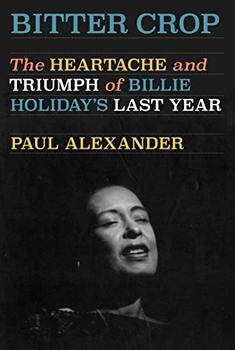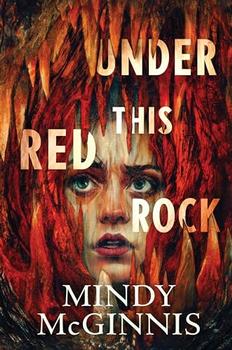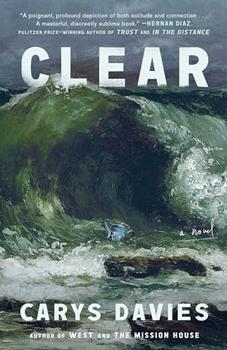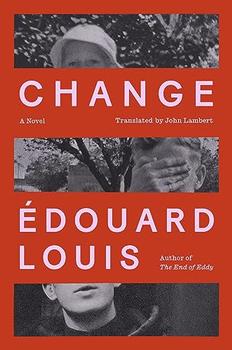Summary | Excerpt | Reviews | Readalikes | Genres & Themes | Author Bio
Once I made up my mind whom to listen to, my education about money began. My rich dad taught me over a period of 30 years, until I was age 39. He stopped once he realized that I knew and fully understood what he had been trying to drum into my often thick skull.
Money is one form of power. But what is more powerful is financial education. Money comes and goes, but if you have the education about how money works, you gain power over it and can begin building wealth. The reason positive thinking alone does not work is because most people went to school and never learned how money works, so they spend their lives working for money.
Because I was only 9 years old when I started, the lessons my rich dad taught me were simple. And when it was all said and done, there were only six main lessons, repeated over 30 years. This book is about those six lessons, put as simply as possible as my rich dad put forth those lessons to me. The lessons are not meant to be answers but guideposts. Guideposts that will assist you and your children to grow wealthier no matter what happens in a world of increasing change and uncertainty.
Chapter 5
Lesson Four - The History of Taxes and The Power of Corporations
I remember in school being told the story of Robin Hood and his Merry Men.
My schoolteacher thought it was a wonderful story of a romantic hero, a Kevin Costner type, who robbed from the rich and gave to the poor. My rich dad did not see Robin Hood as a hero. He called Robin Hood a crook.
Robin Hood may be long gone, but his followers live on. How often I still hear people say, "Why don't the rich pay for it?" Or "The rich should pay more in taxes and give it to the poor."
It is this idea of Robin Hood, or taking from the rich to give to the poor that has become the single biggest pain for the poor and the middle class. The reason the middle class is so heavily taxed is because of the Robin Hood ideal. The reality is that the rich are not taxed. It's the middle class who pays for the poor, the educated upper-income middle class.
Again, to understand fully how things happen, we need to look at the Cal perspective. We need to look at the history of taxes. Although my educated dad was an expert on the history of education, my rich dad fashioned himself as an expert on the history of taxes.
Rich dad explained to Mike and me that in England and America originally, there were no taxes. Occasionally there were temporary taxes levied in order to pay for wars. The king or the president would put the word out and ask everyone to "chip in." Taxes were levied in Britain for the fight against Napoleon from 1799 to 1816, and in America taxes were levied to pay for the Civil War from 1861 to 1865.
In 1874, England made income tax a permanent levy on its citizens. In 1913, an income tax became permanent in the United States with the adoption of the 16th Amendment to the Constitution. At one time, Americans were anti-tax. It had been the excessive tax on tea that led to the famous Tea Party in Boston Harbor, an incident that helped ignite the Revolutionary War. It took approximately 50 years in both England and the United States to sell the idea of a regular income tax.
What these historical dates fail to reveal is that both of these taxes were initially levied against only the rich. It was this point that rich dad wanted Mike and me to understand. He explained that the idea of taxes was made popular, and accepted by the majority, by telling the poor and the middle class that taxes were created only to punish the rich. This is how the masses voted for the law, and it became constitutionally legal. Although it was intended to punish the rich, in reality it wound up punishing the very people who voted for it, the poor and middle class.
Copyright © 1997, 1998 by Robert T. Kiyosaki and Sharon L. Lechter





The Flower Sisters
by Michelle Collins Anderson
From the new Fannie Flagg of the Ozarks, a richly-woven story of family, forgiveness, and reinvention.

The House on Biscayne Bay
by Chanel Cleeton
As death stalks a gothic mansion in Miami, the lives of two women intertwine as the past and present collide.

The Funeral Cryer by Wenyan Lu
Debut novelist Wenyan Lu brings us this witty yet profound story about one woman's midlife reawakening in contemporary rural China.
Your guide toexceptional books
BookBrowse seeks out and recommends the best in contemporary fiction and nonfiction—books that not only engage and entertain but also deepen our understanding of ourselves and the world around us.